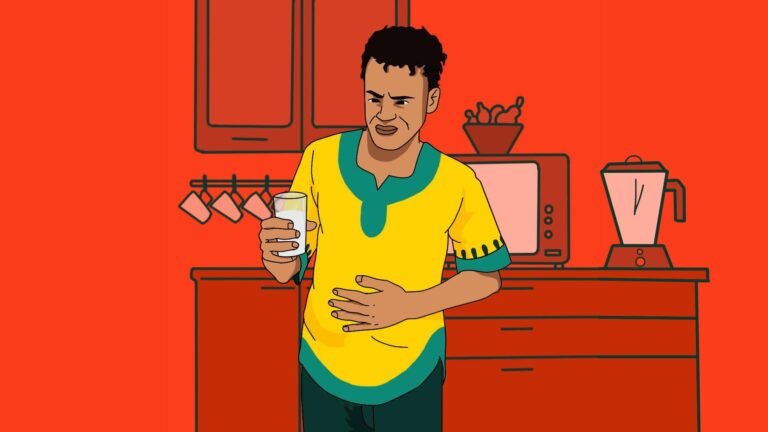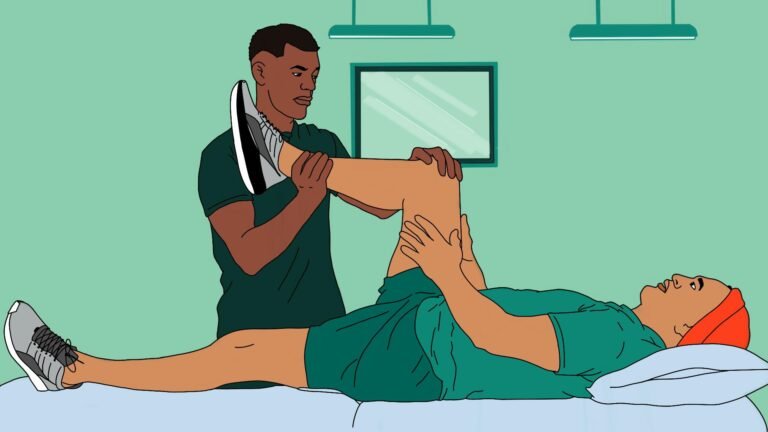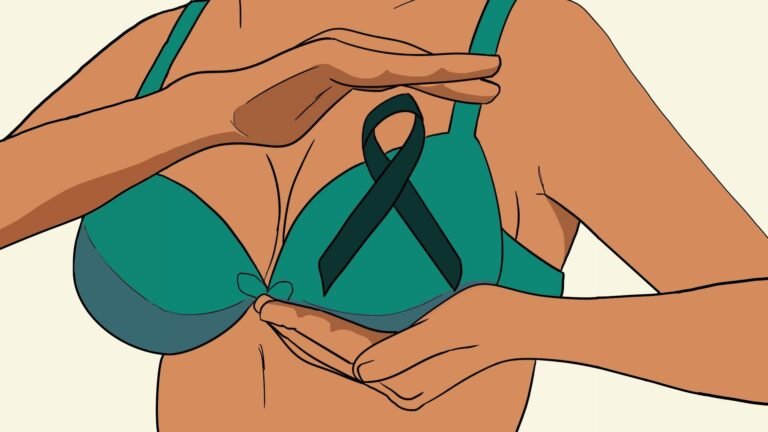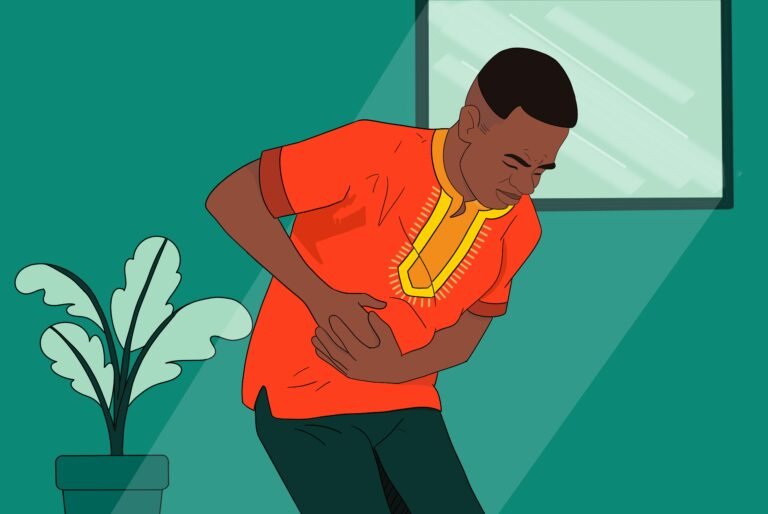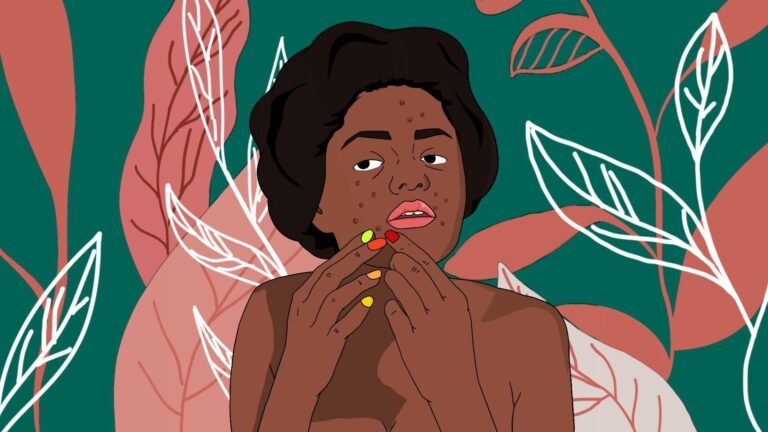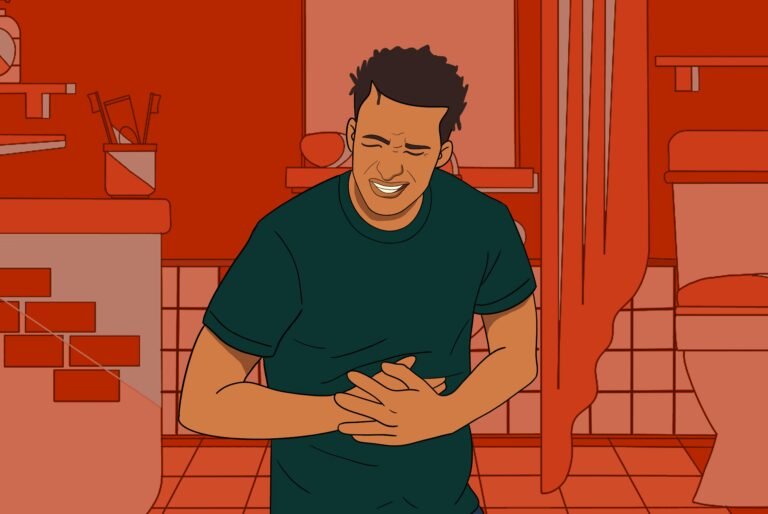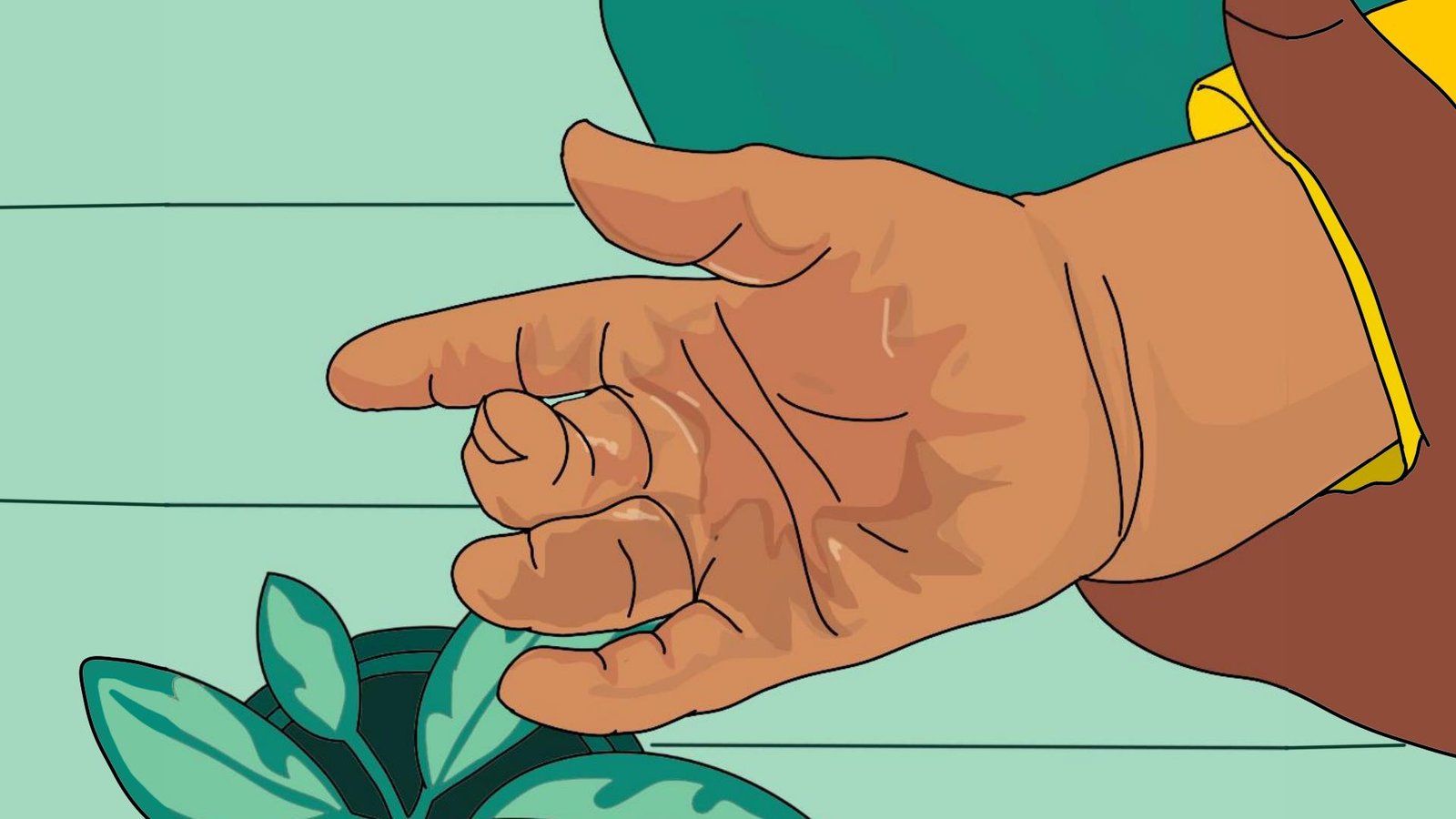
Burns
What are burns?
Burns are one of the most common household injuries, especially among children, elderly and women of low socioeconomic groups. The term “burn” means more than the burning sensation associated with this injury. Burns are characterized by severe skin damage that causes the affected skin cells to die. In 2018, the World Health Organization declared burn injuries as a serious public health problem, emphasizing the death rate to be 7-fold higher in low-and middle-income counties compared to high-income countries. Over one million burns occur in sub-Saharan Africa every year, leading to significant illnesses or diseases and deaths.
What are the causes of burns?
Burns have a variety of causes, including:
- Scalding from hot, boiling liquids
- Chemical burns
- Electrical burns
- Fires, including flames from matches, candles, and lighters
- Excessive sun exposure
The type of burn is not based on the cause of it. Scalding, for example, can cause all three burns, depending on how hot the liquid is and how long it stays in contact with the skin. Chemical and electrical burns warrant immediate medical attention because they can affect the inside of the body, even if skin damage is minor.
What are some ways of preventing burns?
The obvious best way to fight burns is to prevent them from happening. Certain jobs put you at a greater risk for burns, but the fact is that most burns happen at home. Infants and young children are the most vulnerable to burns. Preventive measures you can take at home include:
- Keep children out of the kitchen while cooking.
- Turn pot handles toward the back of the stove.
- Use two napkins to take large pots off coal pots and stoves
- Dilute hot water immediately with cool water before placing it within reach of children
- Measure bath water temperature before use. For infants, test bath water on your hand before pouring it on them.
- Lock up matches and lighters.
- Install electrical outlet covers.
- Check and discard electrical cords with exposed wires.
- Keep chemicals out of reach, and wear gloves during chemical use.
- Do not store household chemicals in containers that previously held drinks or sweets
- Wear sunscreen every day, and avoid peak sunlight.
- Ensure all smoking products are stubbed out completely.
- This may seem like a reach but always serve children drinks from cups not bottles. That way they don’t go chugging liquids from familiar bottles into their mouths directly.
What are the levels of burns?
There are three primary types of burns: first-, second-, and third-degree. Each degree is based on the severity of damage to the skin, with first-degree being the most minor and third-degree being the most severe. Damage includes:
- First-degree burns: red, non-blistered skin
- Second-degree burns: blisters and some thickening of the skin
- Third-degree burns: widespread thickness with a white, leathery appearance
There are also Fourth-degree burns. This type of burn includes all of the symptoms of a third-degree burn and also extends beyond the skin into tendons and bones.
What are ways of treating burns?
First-degree burn
First-degree burns cause minimal skin damage. They are also called “superficial burns” because they affect the outermost layer of skin. Signs of a first-degree burn include:
- Redness
- Minor inflammation, or swelling
- Pain
- Dry, peeling skin occurs as the burn heals
Since this burn affects the top layer of skin, the signs and symptoms disappear once the skin cells shed. First-degree burns usually heal within 7 to 10 days without scarring. You should still see your doctor if the burn affects a large area of skin, more than three inches, and if it’s on your face or a major joint, which include: knee, ankle, foot, spine, shoulder, elbow, forearm and finger.
First-degree burns are usually treated with home care. Healing time may be quicker the sooner you treat the burn. Treatments for a first-degree burn include:
- Soaking the wound in cool clean water for five minutes or longer
- Taking paracetamol or ibuprofen for pain relief
- Applying lidocaine (an anesthetic) with aloe vera gel or cream to soothe the skin
- Using an antibiotic ointment and loose gauze (Vaseline gauze) to protect the affected area
Improper care of burns: Make sure you don’t use ice, as this may make the damage worse. Never apply cotton balls to a burn because the small fibers can stick to the injury and increase the risk of infection. Also, avoid home remedies like butter, flour, charcoal ash or eggs as these are not proven to be effective and may introduce infections to the burn site.
Second to Fourth Degree Burns
- Run cool clean water over the burn for 15minutes
- Take paracetamol or ibuprofen
- Cover the burn area with clean gauze
- Report to the nearest medical facility
What are the complications of burns?
Compared with first- and second-degree burns, third-degree burns carry the most risk for complications, such as infections, blood loss, and shock, which is often what could lead to death. At the same time, all burns carry the risk of infections because bacteria can enter broken skin. Tetanus is another possible complication with burns of all levels. Like sepsis, tetanus is a bacterial infection. It affects the nervous system, eventually leading to problems with muscle contractions.
As a rule of thumb, every member of your household should receive updated tetanus shots every 10 years to prevent this type of infection. Severe burns also carry the risk of hypothermia and hypovolemia. Dangerously low body temperatures characterize hypothermia. While this may seem like an unexpected complication of a burn, the condition is actually prompted by excessive loss of body heat from an injury. Hypovolemia, or low blood volume, occurs when your body loses too much blood from a burn.
What is the outlook for burns?
When properly and quickly treated, the outlook for first- and second-degree burns is good. These burns rarely scar but can result in a change in pigment of the skin that was burned. The key is to minimize further damage and infection. Extensive damage from severe second-degree and third-degree burns can lead to problems in deep skin tissues, bones, and organs.
Patients may require:
- Surgery (to cover large areas of burned skin)
- Physical therapy (to ensure areas don’t heal badly which will impair movement)
- Rehabilitation
- Lifelong assisted care
Preventing burn incidents is key. Take all necessary precautions when dealing with substances that can cause burn: wear protective clothing, keep out of reach of children and keep burned area clean always.
*Judith Lindert et al. State of burns management in Africa: Challenges and solutions, Burns, Volume 49, August 2023 Pages 1028-1038

